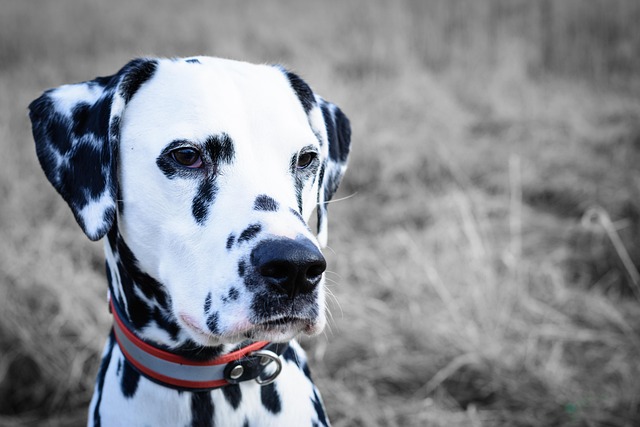
How do i train my dog to be obedient?
Watching your dog dart across the park ignoring your calls isn’t just frustrating—it can put them at risk near busy streets or public spaces.
Training your dog for agility isn't just about creating a canine athlete—it's a journey that deepens the bond between you and your furry friend. Whether you're eyeing local dog shows or simply want to keep your pup engaged, the key lies in starting slow and building a solid foundation.
Begin by assessing your dog's physical readiness. Puppies under 18 months shouldn't attempt full agility courses as their joints are still developing. For adult dogs, a vet check ensures they're fit to jump, weave, and run. Remember, even the most energetic breeds need warm-ups—try short leash walks or gentle stretching to prevent injuries.
The first step is introducing basic commands. A dog that responds reliably to "sit," "stay," and "come" will have an easier time navigating obstacles. Use positive reinforcement, like high-value treats and enthusiastic praise, to make learning fun. Many agility handlers swear by clicker training—it provides clear communication and helps dogs understand exactly when they've done something right.
 When it's time to introduce equipment, start small. Set up a single low jump or a couple of weave poles spaced far apart. Let your dog sniff and explore at their own pace. If they show hesitation, don't force it. Instead, lure them through with treats or a favorite toy. Gradually increase the difficulty as your dog gains confidence, always ending sessions on a successful note.
When it's time to introduce equipment, start small. Set up a single low jump or a couple of weave poles spaced far apart. Let your dog sniff and explore at their own pace. If they show hesitation, don't force it. Instead, lure them through with treats or a favorite toy. Gradually increase the difficulty as your dog gains confidence, always ending sessions on a successful note.
It’s crucial to respect local regulations. In many regions, public training on certain surfaces or with specific equipment may require permits. Some parks have designated dog areas where agility training is allowed, while others prohibit any organized activities. Check local animal control websites or reach out to community dog clubs to stay compliant.
Consistency is king in agility training. Aim for short, frequent sessions—10 to 15 minutes, 3-4 times a week works well. Dogs learn better in bursts, and ending before they get bored keeps them eager for the next session. Mix up the routine occasionally to prevent monotony, but maintain core commands and skills.
Safety should never be compromised. Always supervise your dog during training, and inspect equipment for wear and tear. Soft surfaces like grass or rubber mats reduce the risk of injury. And remember, every dog is different—some may take to agility quickly, while others need more time. Celebrate small victories along the way, whether it’s successfully navigating a new obstacle or improving their time.
Training your dog for agility is as much about your relationship as it is about the sport. It’s a chance to work together, understand each other’s cues, and create lasting memories. So grab those treats, head to a safe training spot, and start this exciting adventure with your four-legged companion.

Watching your dog dart across the park ignoring your calls isn’t just frustrating—it can put them at risk near busy streets or public spaces.

New puppy owners often find themselves rushing to clean up accidents before they set in, and that’s where puppy pad training becomes a game-changer.

If you've noticed your dog's waistline disappearing and your veterinarian has mentioned those few extra pounds, your first instinct might be to simply reduce the amount of food in their bowl.

Training a dog to use a designated spot indoors isn’t as daunting as many new owners fear, but it does take consistency and an understanding of your pet’s needs.

That moment of dread on a walk is all too familiar for many new dog owners. You see another dog approaching down the sidewalk of your neighborhood

If the sight of another dog on your neighborhood walk makes your heart sink as your own dog erupts into a frenzy of barking and lunging, you're not alone.